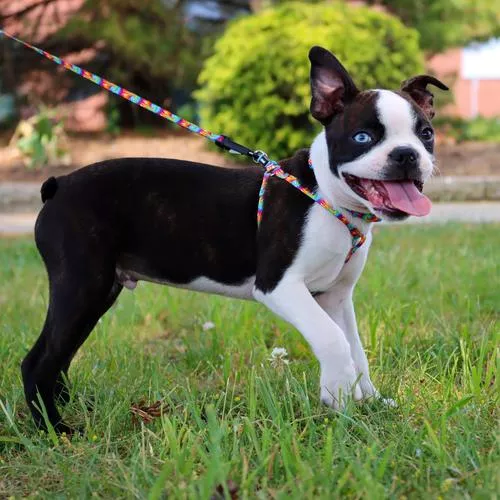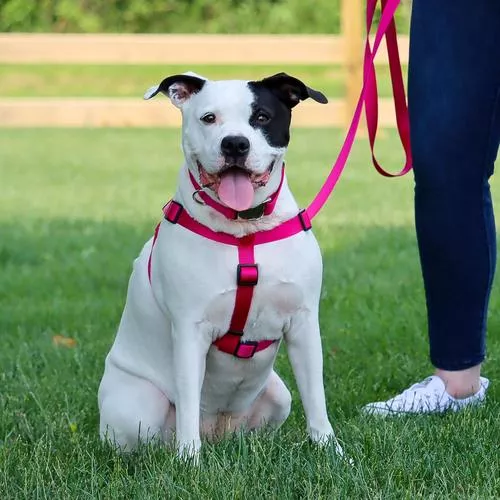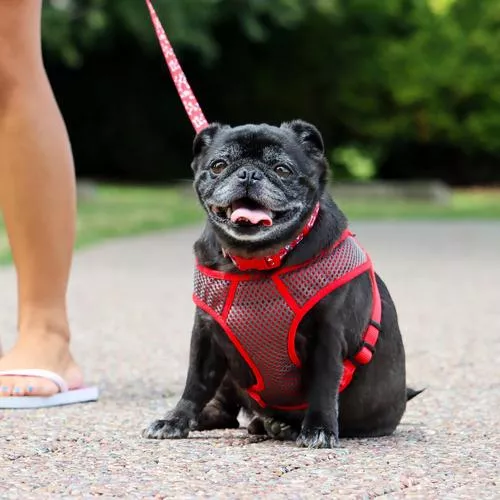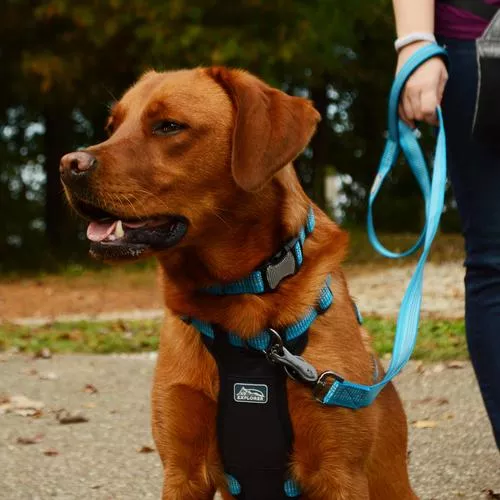When it comes to taking your dog for a walk, safety and comfort are non-negotiable—and that begins with choosing the right harness. A well-fitted harness doesn’t just make walks more enjoyable; it can also be the difference between control and chaos. Whether you’re dealing with a curious pup or a seasoned adventure dog, the right harness helps keep them safe, secure, and comfortable.
So how do you pick the right one from the sea of options out there? Let’s walk through everything you need to know—from sizing and measurement tips to understanding the different types of harnesses available.
Why Choose a Harness Over a Collar?
While collars are a go-to accessory for identification and casual wear, harnesses offer a few key advantages when it comes to walking and training. First and foremost, harnesses distribute pressure more evenly across a dog’s chest and shoulders, helping to prevent injury—especially for dogs prone to pulling. This is particularly important for smaller breeds whose delicate necks can easily be strained.
For dogs that pull hard, harnesses with a front leash attachment can help guide them back toward you, encouraging better walking behavior. And because a properly sized harness fits snugly around the torso, it’s much harder for a dog to wriggle free—unlike collars, which can slip off with the right head angle and a dash of determination.
Bonus: Many harnesses come with a top handle, ideal for assisting older dogs or those with mobility issues when they need a lift.

How to Measure Your Dog for a Harness
The most important measurement for harness sizing is girth—the circumference of your dog’s chest, right behind the front legs. This area bears the brunt of the harness’s weight and tension, so a correct fit is essential.
Steps to Measure:
- Get your dog standing on all fours.
- Wrap a soft measuring tape around the widest part of their chest, just behind the front legs.
- Note the measurement in inches.
Once you have the girth measurement, check the weight of your dog. While girth is the most reliable metric, weight can help fine-tune the size you choose. For example:
- A 30″ girth may fit medium, large, or even extra-large sizes depending on weight.
- A 50-pound dog typically fits into a medium.
- A 75-pound dog might require a large.
- A 100-pound dog will likely need an extra-large.
Fit Tip: You should be able to slip two fingers between the harness and your dog’s body. The fit should be snug but not tight. If the harness causes skin bunching or leaves indents in the fur, it’s either too tight or the wrong style.
Choosing the Right Harness Style
Harnesses come in several designs, each catering to different dog types and walking habits. Let’s break down the most popular ones.
1. Adjustable Strap Harness (Figure-8 Style)
This minimalist option offers the most adjustability and is great for growing dogs or those with lean builds. They’re lightweight and simple, though not ideal for strong pullers. Think of it as a “starter” harness for well-behaved walkers.

2. Step-In Strap Harness
As the name suggests, this design requires your dog to step into it before it’s fastened on the back. These are easy to use and offer more support than the figure-8 style. They’re a good middle-ground harness but can slip off if not snugly adjusted—especially on dogs with short necks.

3. Step-In Padded/Mesh/Vest Harness
With a wider middle panel made of mesh or padding, these harnesses are designed for comfort and security. They reduce chafing and provide a “hug-like” fit that can help calm anxious or nervous dogs. Bulky breeds or dogs with barrel chests (like Labs, Bulldogs, and Boxers) often do well with this design.

4. Over-the-Head Strap Harness
This classic style slips over the head and fastens behind the legs. It’s less likely to catch on long fur and works well for dogs who don’t mind things going over their heads. A good choice for moderate pullers and long-coated breeds.

5. Over-the-Head Mesh/Vest Harness
Combining the coverage of a vest with the structure of an over-the-head design, these are best for dogs that need control and comfort. Many models include both front and back leash clips, which are useful for training and walking versatility.

A Note on Puppies and Harness Sizing
While it’s tempting to outfit your puppy right away, keep in mind they grow fast—sometimes outgrowing their harness within weeks. If you’re committed to harness training early, consider adjustable designs that can grow with your pup or wait until they’re close to their adult size for a more lasting fit.
Final Thoughts: Fit First, Style Second
When choosing a dog harness, start with function, not fashion. Measure carefully, observe how your dog moves in it, and adjust accordingly. The right harness should feel like an extension of your dog’s body—not a restriction.
By understanding your dog’s body type, walking habits, and personality, you’ll be well on your way to finding a harness that makes every walk a joy—for both of you. After all, a secure and happy pup makes for a relaxed and confident owner. 🐾


